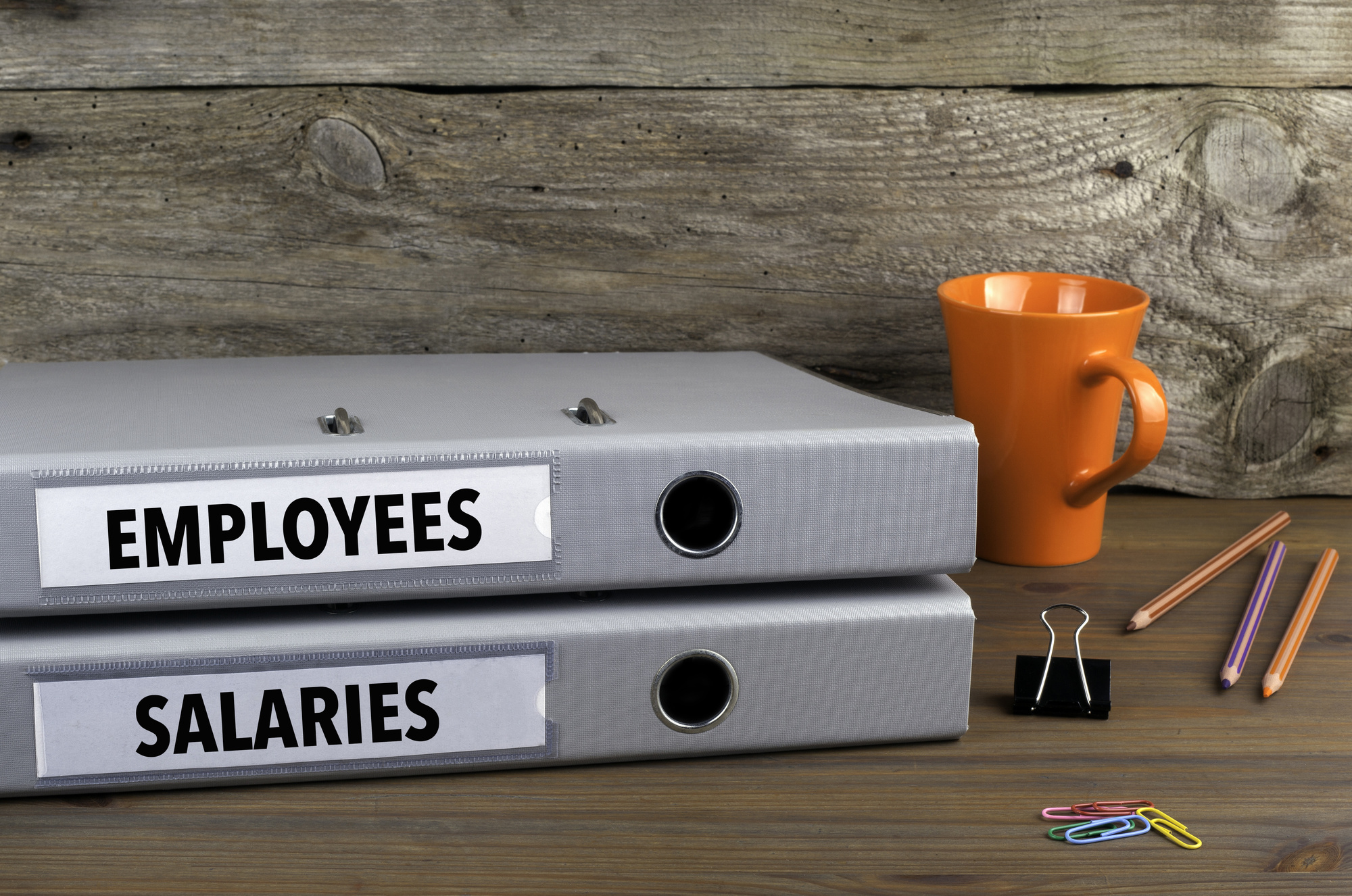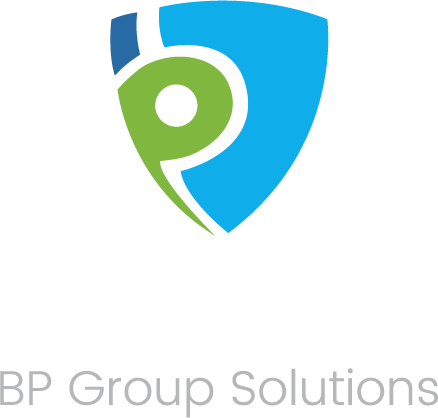Employee Benefits Tax: Is Your Payroll Set Up Properly?
Employee Benefits Tax: Is Your Payroll Set Up Properly?

It’s your favourite time of year: tax season.
You might think you’re prepared, but tax mistakes happen all the time. And if you haven’t accounted for the employee benefits tax, you’re setting yourself up for a rough tax season.
Not sure what that is? Here’s what to look out for, and how to set up your payroll for a pain-free tax process.
What is the Employee Benefits Tax?
First things first: what is the employee benefits tax? Well, for starters, it’s not a direct tax per se, but instead refers to taxable benefits.
What is a Taxable Benefit?
So, what is a taxable benefit?
Basically, there are two ways to define a taxable benefit. For you, the employer, it’s something that you need to add to your employee’s income to determine the amount of income that is taxable.
For the Canada Revenue Agency (CRA), a taxable benefit is defined as paying for or providing an employee something personal in nature. It comes in one of three forms: an allowance, a reimbursement, or free use of property, goods, or services owned by the employer.
Allowance
It’s a lot like paying an allowance to your child, except that you’re paying it to your employee. An allowance is a periodic or lump-sum amount paid to an employee on top of their typical income, intended for specific expenses.
Reimbursement
A reimbursement is pretty much exactly what the name implies: an employee pays an expense incurred while completing their duties for you, and you repay them all or some of those expenses after the fact.
To find out if benefits and allowances are taxable and how to declare them, take a look at the alphabetical index.
Doing Your Payroll
Once you know what your taxable benefits are and how to get started with your employee benefits tax, it’s time to do your payroll.
This entails three main steps:
- Opening a payroll account with the CRA
- Collecting employee information
- Making payroll deductions based on that information
Let’s break it down step by step.
Opening a Payroll Account with the Canadian Revenue Agency
Before you dig in and get started on your payroll, you need to set up a payroll account with the CRA. This is what allows you to remit your payroll deductions to the CRA come tax time.
You’ll be approaching this in one of two ways: either you already have a Business Number and have previously registered for other CRA accounts, or you don’t have a Business Number and preexisting accounts.
If you already have a Business Number, all you need to do is add a payroll deductions account to your existing account.
If not, you need to get a Business Number. The easiest way to do this is to register online with the Business Registration Online (BRO) service.
Once you have your number, you can register for the necessary accounts through the BRO, including payroll deduction.
Collect Relevant Employee Information
Once your business is set up with the CRA, you need to provide the relevant employee information. This is easier than you think.
Much of this information, like your employee’s social insurance number (SIN), should already have been collected during the hiring process.
You should also already have the relevant paperwork from your employee, like their federal and provincial Form TD1. This is the form that tells you how much tax to deduct from their income.
If you don’t have those forms, now is the time to get them.
Making Payroll Deductions
And now, the star of the show: time to make your payroll deductions, which will determine how much you pay in employee benefits tax.
The first step here is to add all taxable benefits. These need to be added together for each pay period before you begin taking payroll deductions. That’s because the total income (which is changed by the taxable benefits) determines how much can be deducted.
The easiest way to do this is to remember that anything you provide to an employee that isn’t salaried income can be considered a taxable benefit.
Be thorough with this list–you might not even realize how much qualifies as a taxable benefit until you go through the list, and you don’t want to make mistakes on your taxes.
Income Tax
Once you’ve successfully added all taxable benefits, you can dig into deductions. The first is income tax, which is definitely one you’ve heard of before.
To do this, you use the provincial or territorial tables of the area where the employee in question reports to work. The easiest way to manage this deduction is to use the CRA’s Payroll Deductions Online Calculator.
Canada Pension Plan Contributions
Next, you need to deduct Canada Pension Plan (CPP) contributions.
As a rule, you need to do this deduction if your employee is in pensionable employment, older than 18 and younger than 70 (usually most of your employees), not disabled, and not already receiving a CPP pension.
Employment Insurance Premiums
Finally, you need to deduct Employment Insurance (EI) premiums. The CRA provides a table of rates and maximums to help with this process.
As a rule, the employer’s contribution is 1.4 times the EI premium withheld for each employee. Make sure you don’t confuse this with the CPP because there are no age limits for EI premiums.
Coordinate Benefits for Your Employees
When it comes to employee benefits, you want someone who knows their way around, whether it’s taxes or standard setup. That’s where we come in.
BP Group Solutions aims to be the foremost provider of group benefits to small businesses in northeastern Alberta. So when you come to us, you can rest assured that you’re in good hands.
If you need somewhere to get started, take a look at our available health and life insurance plans or our group health benefits.
But if you’re ready to get the ball rolling, we’re ready to help you. Click here to get a quote on group benefits or check out our resources page for more options, like our benefits cost calculator.






